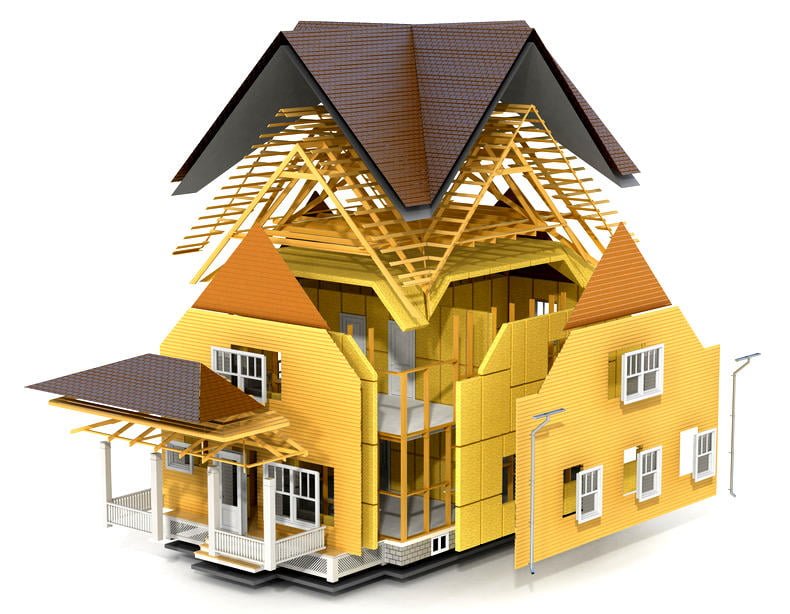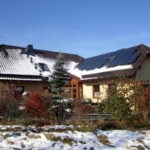House for permanent or temporary residence must first be comfortable. Comfortable is so warm, quiet and comfortable, protects against cold, rain, wind, background noise and other not very nice things. Let’s look at all these “threats” and find tech-savvy ways of overcoming them.
Heat insulation
To the house was warm, all enclosing structures such as foundations, floors, external walls, attic ceiling and the roof — need a quality heat protection, made in accordance with the requirements of the region.
For a comfortable stay in the house the temperature should be within +18…+22 °C. In Winter the heat flow through the building envelope passes from the zone of high temperatures (premises) in the area of low temperatures (in the street).
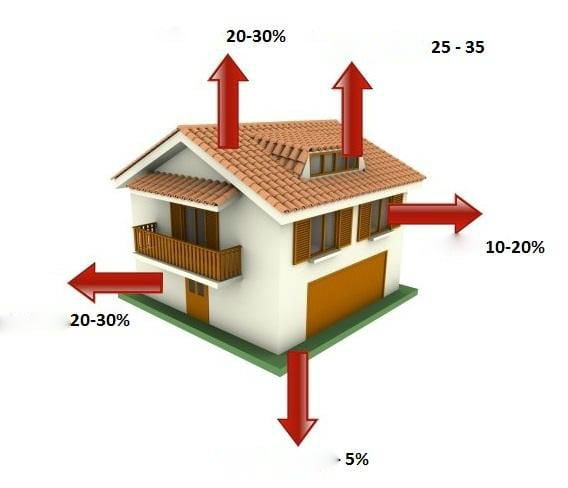
Strictly the reverse of the situation we see in the summer. Hot air from outside through the walls and the roof gets into a cool room and heats them. The house becomes stuffy and hot.
For protection against excessive cooling in winter and overheating in the heat it is necessary to provide thermal insulation of all external walling.
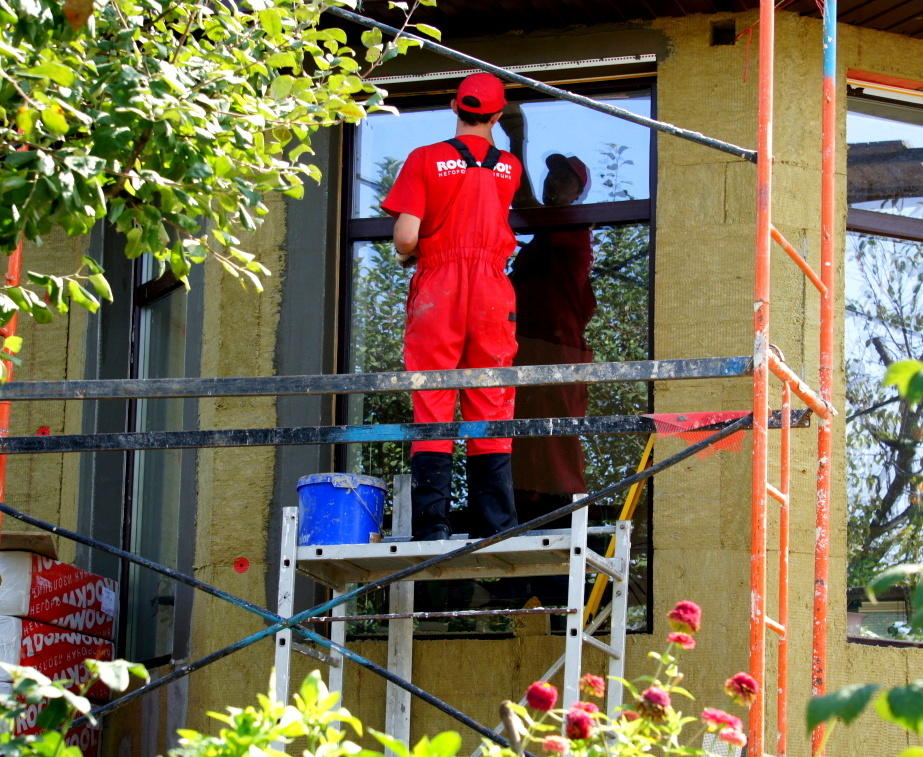
But you need to keep in mind that insulation only works effectively in dry condition. If the pores of the insulating material is not dry, and moist air or water (the value of thermal conductivity which is almost 20 times greater than that of air), protective qualities of the insulation is reduced several times. So it is always necessary to protect from moisture in all possible ways.
From school physics course we all remember that air is a mixture of different gases, including some amount of water vapor. By lowering the temperature or upon contact of warm air with cold surface the vapor starts to separate from it in the form of condensate. This leads to the fact that the surface is moistened, it appears wet spots and, most worryingly, mold. So walling to insulate so that the temperature on their surfaces indoors never dropped below the “dew point” (temperature of condensation).
Good protection of the house of bricks or small blocks provide a multi-layer wall with the internal layer of efficient insulating materials:
- mineral (stone) wool
- glass wool,
- foam polystyrene (PSB),
- extruded polystyrene foam etc.
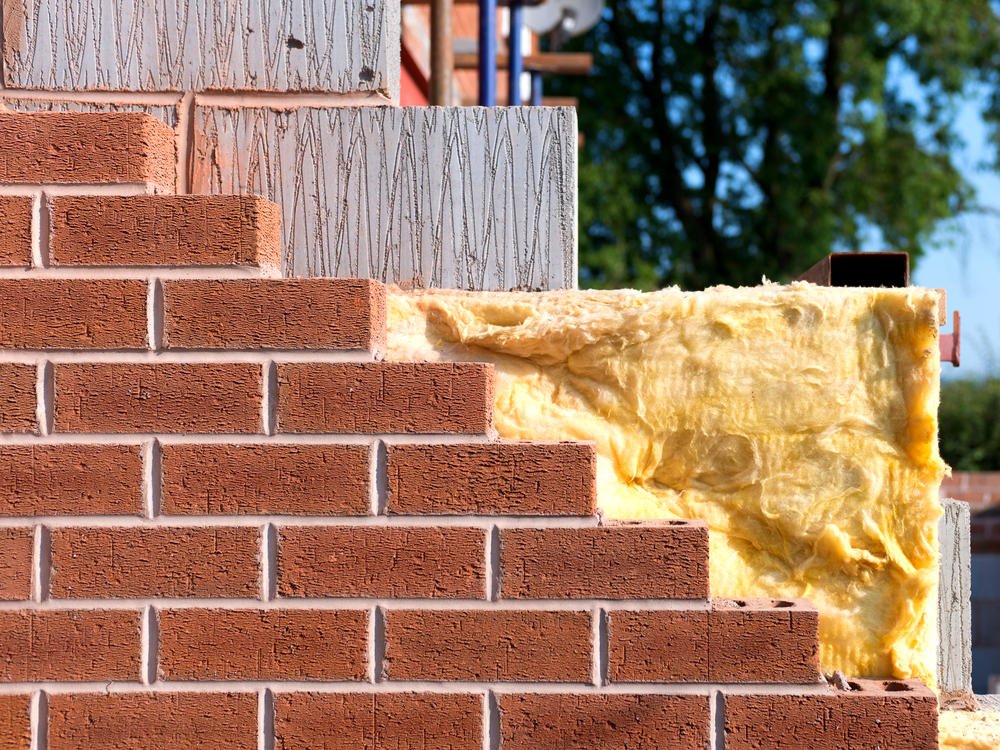
Modern solutions for external insulation of walls — the so-called “wet” (plaster) the method and the device of a ventilated facade. The principle that the insulation placed on the external side of the wall and protect it with a plaster or paneling of the piece goods.
From the point of view of heat and moisture transfer the location of the insulation on the outer side of optimum. In this case, a large part of the wall is in the area of positive temperatures, so the condensation is formed and water vapor are completely removed from the premises on the street.
External insulation is a complex system, which is equipped with special elements and profiles that are necessary for quality performance of individual units. Used for thermal insulation plates of mineral (stone) or glass fiber and polystyrene of different producers.
When wet plaster method, a heater is attached with adhesive, plastic anchors or dowels and plaster it on a metal grid. The plaster may be thick or thin. Many different parts depends on the location of the house, main wall material and method of finishing.
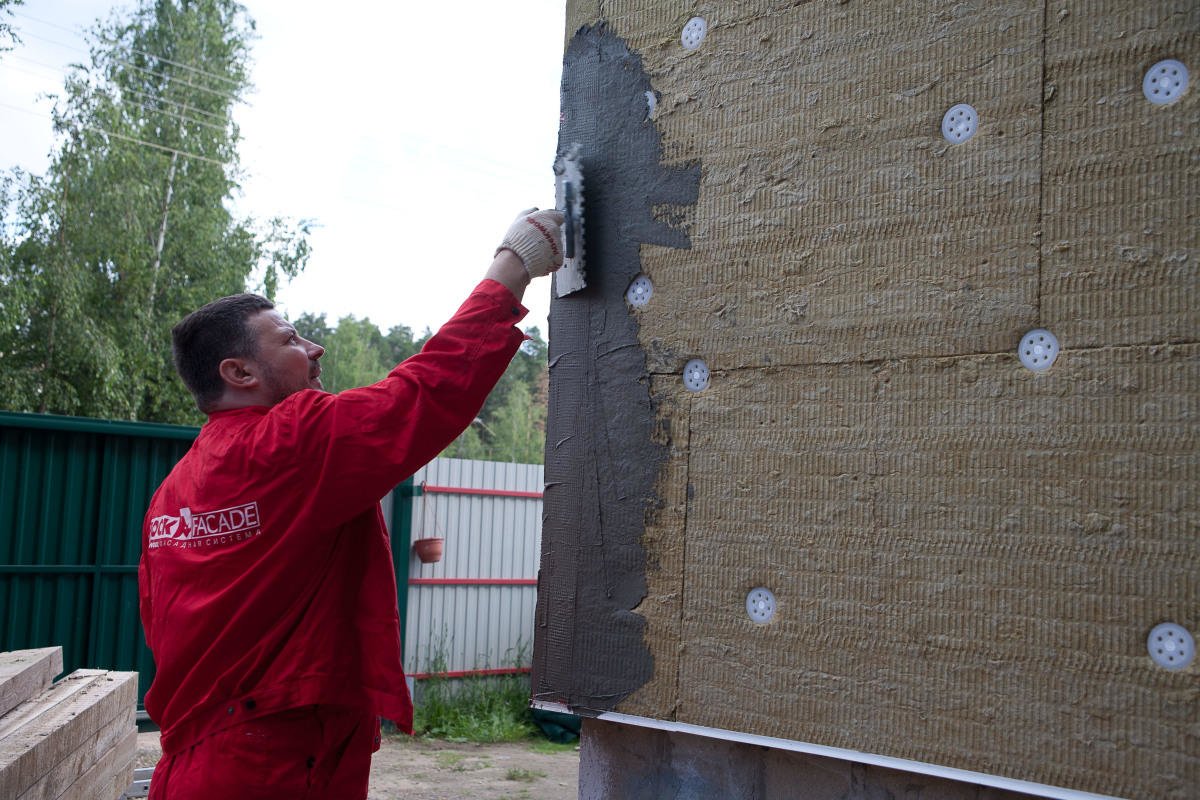
The creation of the ventilated facade also requires special components, the choice of which is determined by the wall materials and cladding.
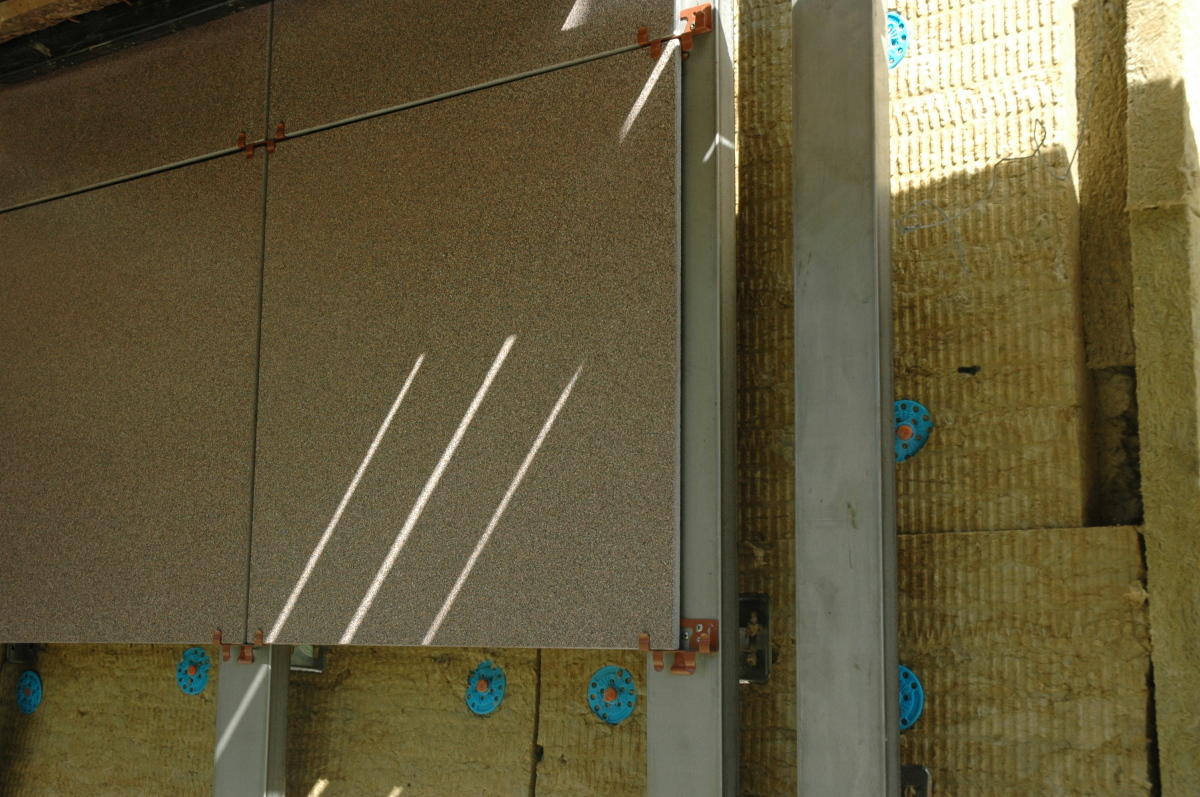
For insulating the roof and attic floor, use a soft fiber boards or rolls, as there is no mechanical load on the heater. Sometimes you need to go to the attic (to view the condition of the roof, to hang things or medicinal plants to dry). So the logs lay the floor or running boards-bridges. But the flooring must not cover the ventilation of the insulation of the attic floor.
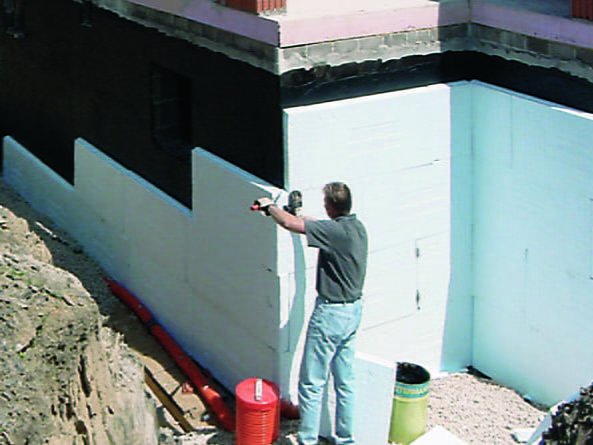
Special attention should be paid to the insulation of the cap. It is important to protect insulation from moisture. And it is best to use a non-absorbent extruded polystyrene foam with closed pores. The same can be said about the thermal performance of the Foundation.
Hydro insulation
I repeat that the creation of effective isolation insulation in the construction of the house should always be dry. It is therefore important to protect it from moisture.
The Foundation of the building in contact with the ground, which, by definition, fairly high humidity. The structure of the materials of Foundation walls and features a large number of pores and capillaries. Upon contact with the wet soil material due to capillary leak begins to absorb moisture and enough of it, lifting her up communicating pores and the capillaries. Of course, steel screw piles are not considered here.
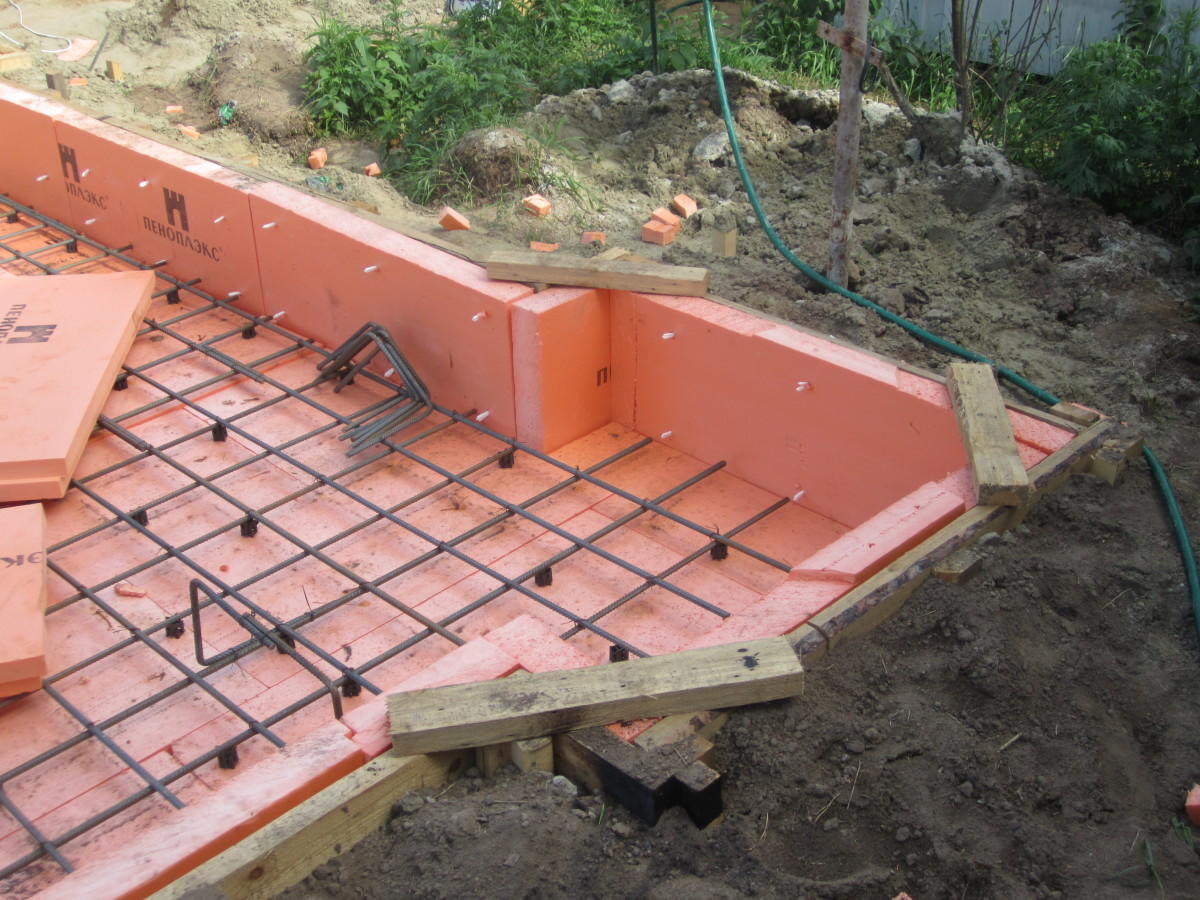
The Foundation is in contact with damp soil constantly. Therefore, the moistening of the walls from the bottom up is a continuous process. To prevent the wetting of walls by capillary suction can only waterproofing barrier. His suit above the ground and below the ceiling of the first floor, stacking during the construction of the wall throughout its thickness.
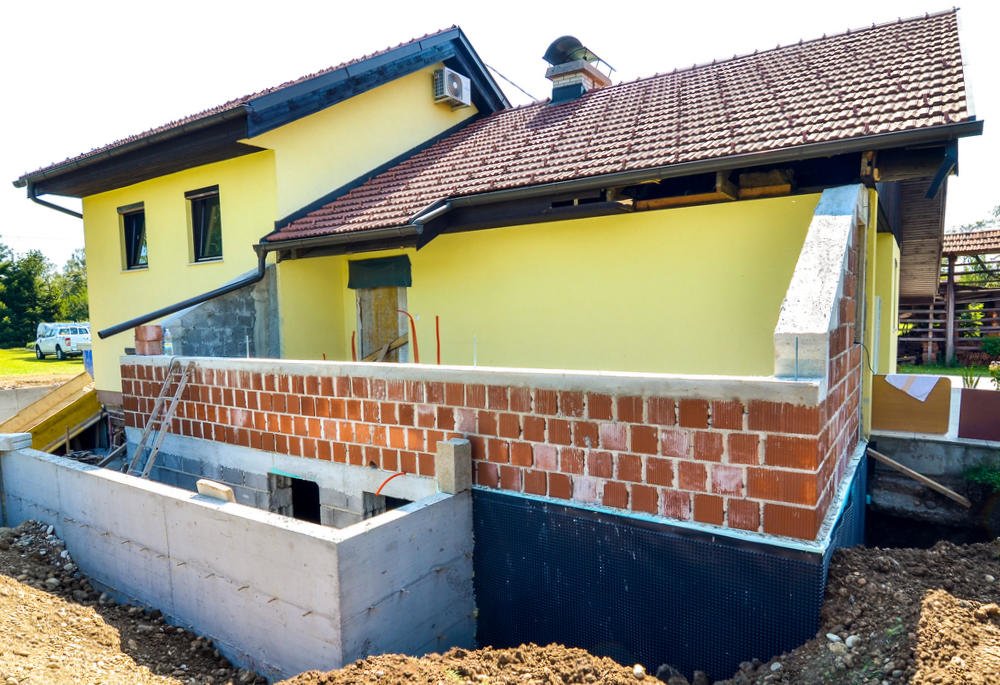
As a waterproofing material using the roll and mastic:
- hydro-roofing,
- hydro-glass roofing material,
- glass-ruberoid, etc.
If the house has a basement, it is naturally also necessary to protect from moisture. For basement walls use vertical exterior waterproofing:
- Membrane waterproofing of asphalt or cement-sand compositions and waterproofing mixture is applied to a layer up to 50 mm.
- For plaster insulation used cement penetrating when the pores of the material are filled with tumors and their resistance increases.
- The walls are painted in 2-4 layers of bitumen, bitumen-polymer and polymer compositions. This type of waterproofing is recommended for protection against capillary suction at low hydrostatic pressure of groundwater.
From groundwater walls and foundations of the basement to protect a clay castle, i.e. the wall of a well compacted clay with a thickness of 20-30 cm and a width of 1 m around the perimeter of the house. Use the profiled membrane with a filter layer of geotextile. They take the soil moisture from the Foundation and are considered the most qualitative and reliable.
Noise insulation
Loud sounds and noises interfere with a person work and rest, increase irritability and fatigue. For a normal existence where a person spends most of his life, the necessary acoustic comfort. As for holiday vacation is particularly important.
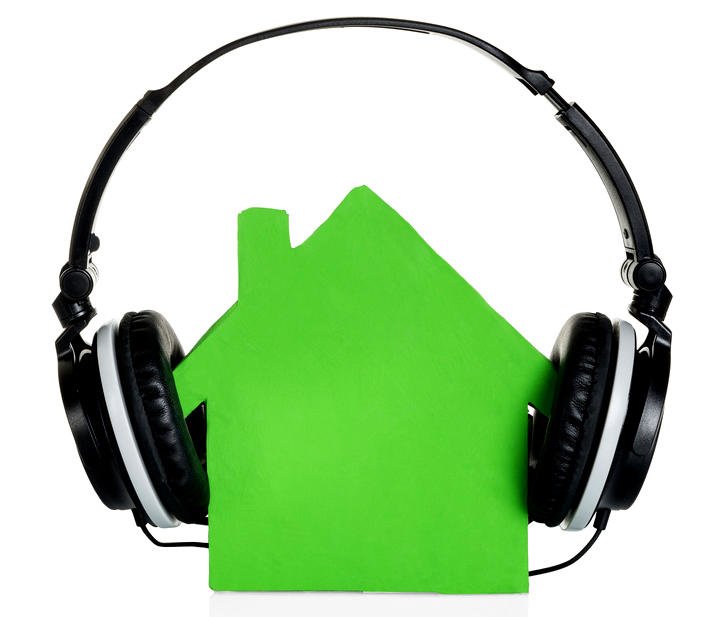
To create it, if we use the construction of effective noise-insulation materials.
To internal walls and partitions, as well as interfloor overlappings must meet certain requirements for protection against air noise (i.e. noise that occurs when sound waves propagate through the air). Air noise refers to human speech, barking dogs, sounds of musical instruments, radio and TV.
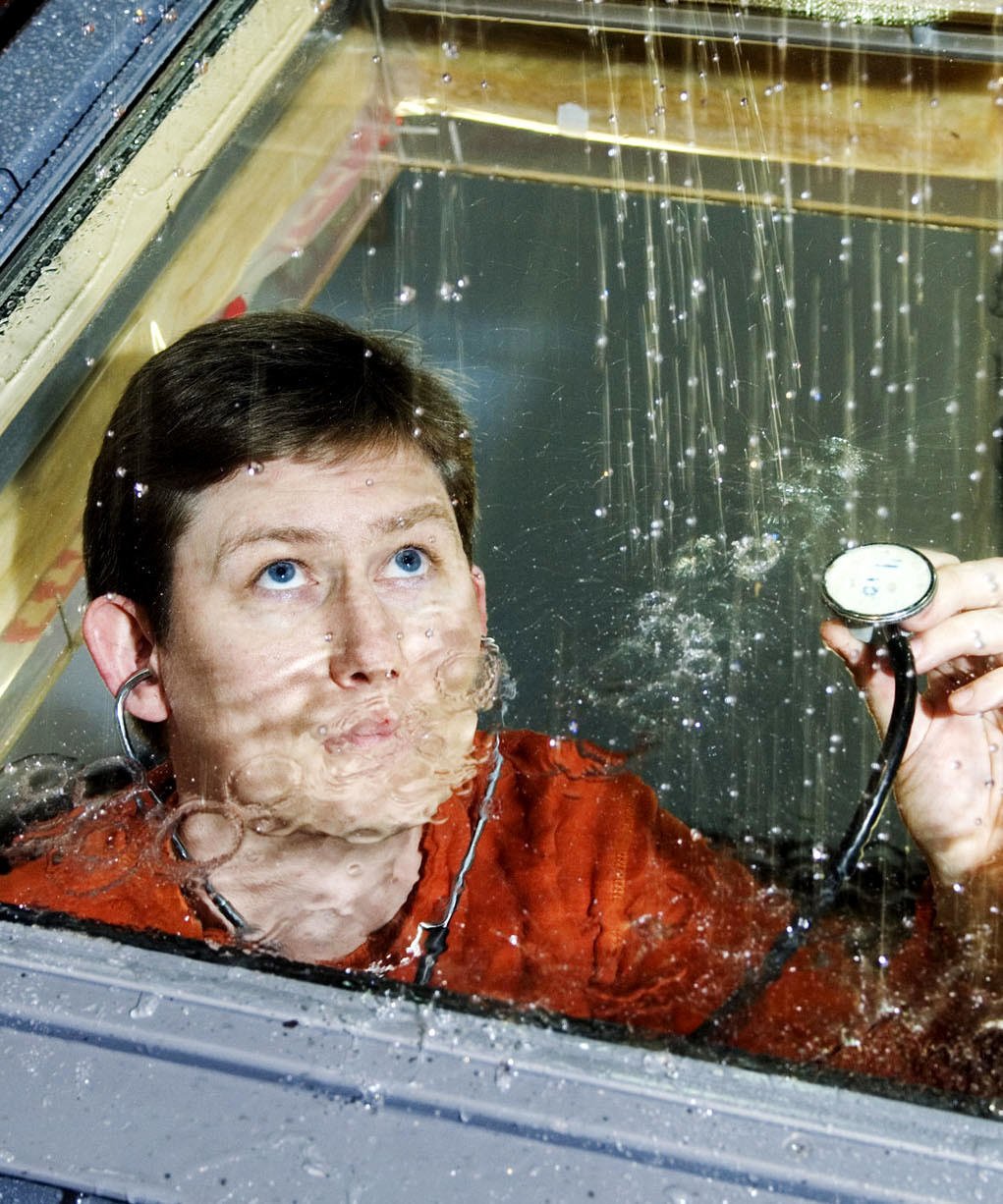
The floor should protect also from impact noise that occurs when walking on the floor, slamming doors, hammering, etc.
Air noise from a good helping of multi-layered plasterboard walls. They are metal or wood frame, lined on both sides with sheets of drywall, between which is placed a fibrous acoustic material. It’s mats and plates from mineral cotton wool and glass staple fiber with a density of 40 kg/m3 consisting of randomly arranged fibers and multiple end-to-end (up to 97% porosity), communicating with each other since.
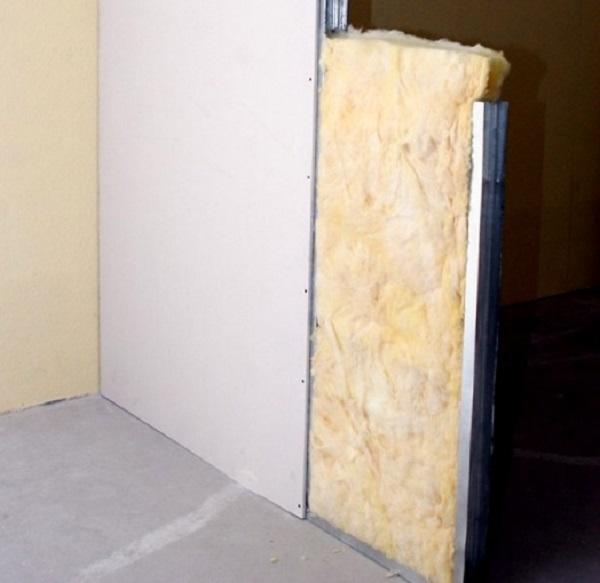
If you increase the thickness of the layer of soundproof material and the number of sheets of sheathing, as well as the right to mount the main components, it is possible to reduce the level of air noise.
The presence of rigid links reduces the soundproofing, so the sheets of sheathing (e.g., drywall) should not rest against a ceiling or directly adjacent to the wall. They are mounted without bringing to the surface of the ceiling or adjacent construction for 10 mm. To avoid the cracks formed space should be filled with sealant or set between the end of the drywall sheet and the wall or ceiling separating the elastic tape.
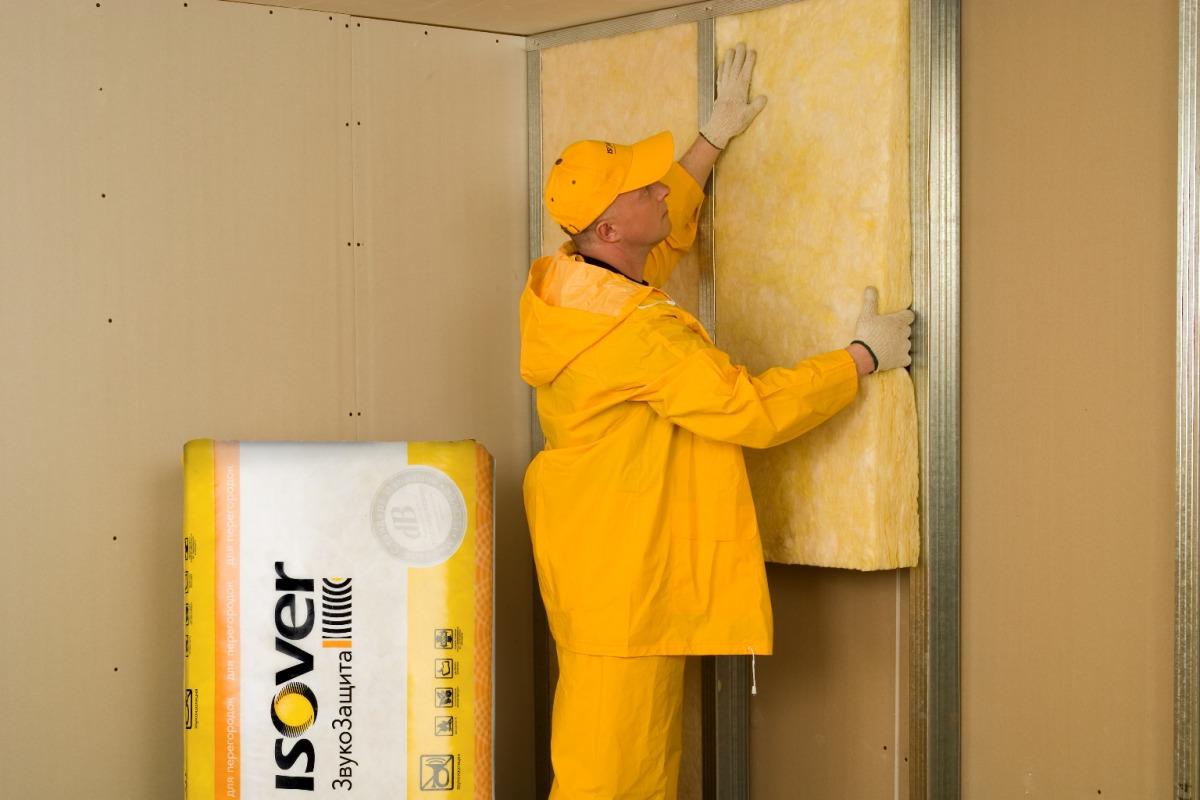
Sound waves find their way through small cracks and crevices. To reduce the likelihood of their formation in the joints of gypsum Board wall and ceiling and glued junctions. But if cracks appear, they close up the elastic (acrylic, silicone) sealants.
To increase the level of acoustic comfort with suspended ceiling. The nuances of their installation is the same as that of the soundproof partitions. For better sound insulation from adjacent spaces should not be shared ceiling. Therefore, the ceiling docked to the wall and at the junction lay a sealing strip for damping sound vibrations.
Gender is also not be directly adjacent to a wall or partition, if you want to improve its sound insulation. Between them leave a small gap of 10-15 mm. Its filled with an elastic soundproof pads — pieces of mineral wool, glass wool or fiberboard. In the room the gap closed plinth and beat it every half a meter only to the floor or to the wall to avoid creating a rigid connection between the wall (septum) and the floor and thus deterioration of the insulation.
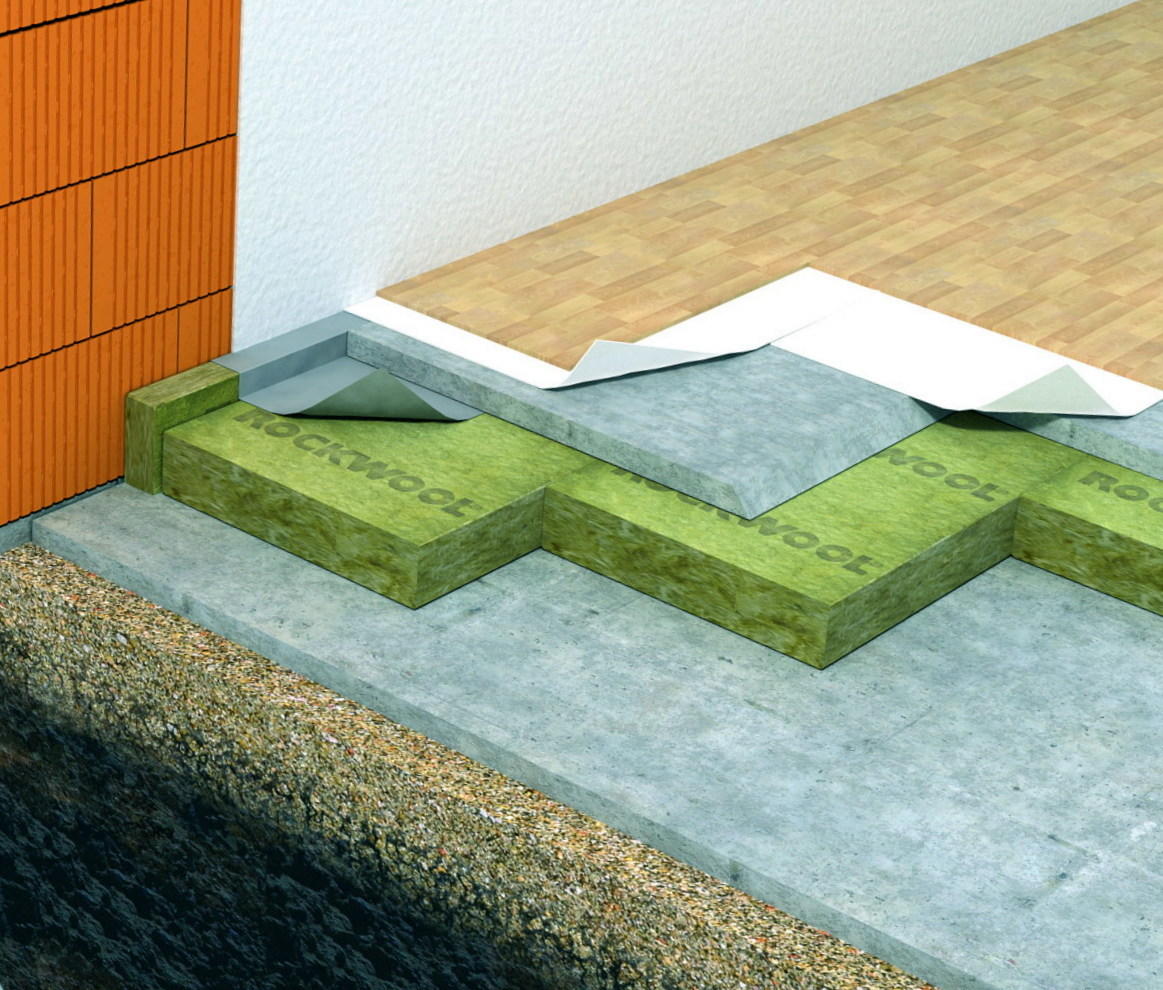
Enhance sound-proof properties of floor and laying of floor coverings:
- synthetic carpet with a NAP will improve the soundproofing by 18-32 dB
- lint free carpeting — 17-31 dB
- linoleum on a fabric subbase — 9-10 dB,
- foamed PVC-linoleum — 15-18 dB,
- coating type NAP — to 20-23 dB.
But the best solution is a device so-called a floating floor. In this case:
- To support the subfloor (floor) stack plate of elastic insulating material from mineral, glass or wood fiber, polystyrene, etc. Thus it is better to put them in two mutually perpendicular directions.
- On the elastic layer placed “floating” team or monolithic screed and flooring. Moreover, the coating and screed traditionally (as you know) do not reach the walls, and formed a gap of 2-4 cm filled with an elastic material. Incorrect positioning elastic strip negates generated fire effects.
With this design, the coupler has no rigid connections with the floor and walls. All oscillations are damped springy elastic material and are not transferred the underlying slab, which significantly improves the soundproofing of the ceiling.
When you do a floating floor with a monolithic screed to fresh cement mortar did not flow in elastic porous fibrous layer, it is further laid a layer of waterproofing material.
If your goal is a reliable sound insulation of buildings, the joints between the internal cladding structures and their interfacing with external envelopes and internal communications should not be through cracks, gaps or leaks.
Steam insulation
In winter, the air in the house is not only warmer than the outside, but contains more water vapor, creating a greater partial pressure. Due to the difference of pressures on opposite sides of the walls, floors and roofs water vapor moves through these designs from a warm environment outside. The word “pairs” we mean not only the clubs of the boiling liquid escaping from the spout of superheated kettle. A human habitation generally high humidity, this is not going anywhere.
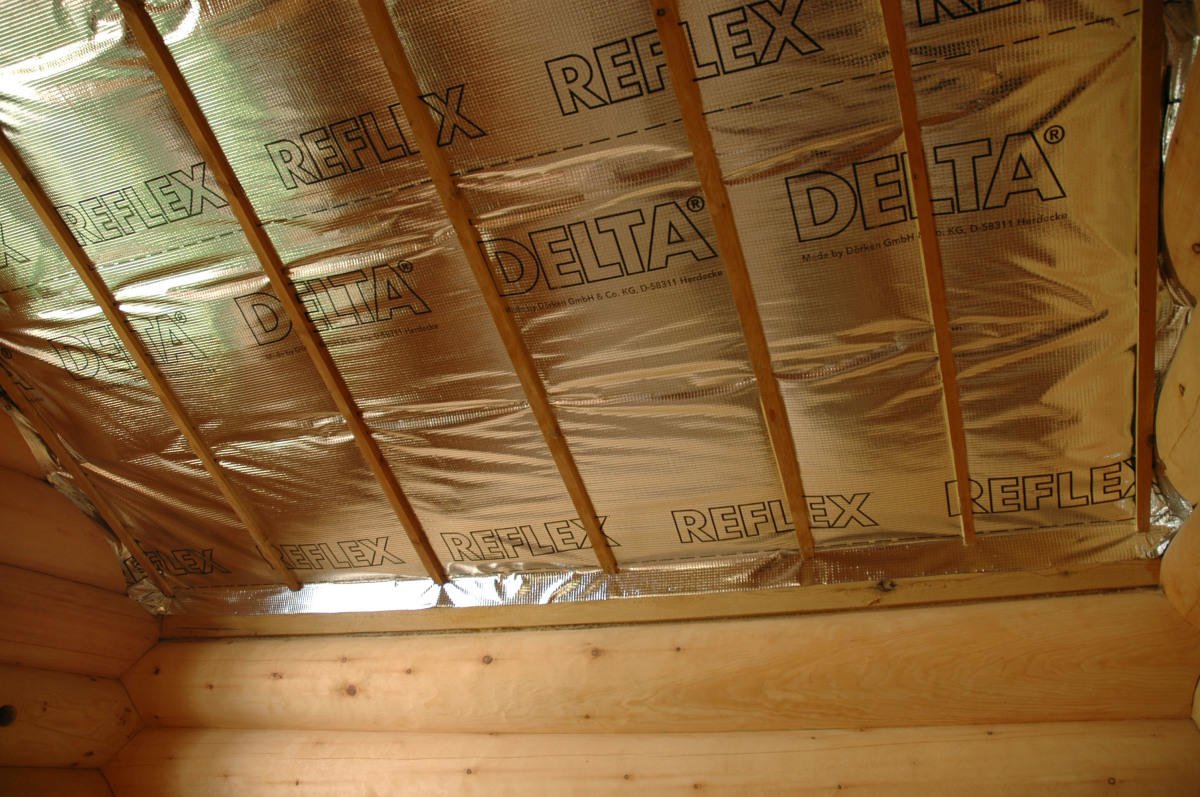
So with the “warm” side of insulation is placed a vapor-proof protective tape which does not transmit water vapor into the interior of the structure and in the insulation itself. For this purpose, a special multi-layer Steam insulation protective tape with almost zero or very little ability to pass pairs.
Install a vapor material with the cold side of the wall insulation or not. Only when properly located steam and heat insulation can provide a high degree of protection of premises, and hence the durability of the house.
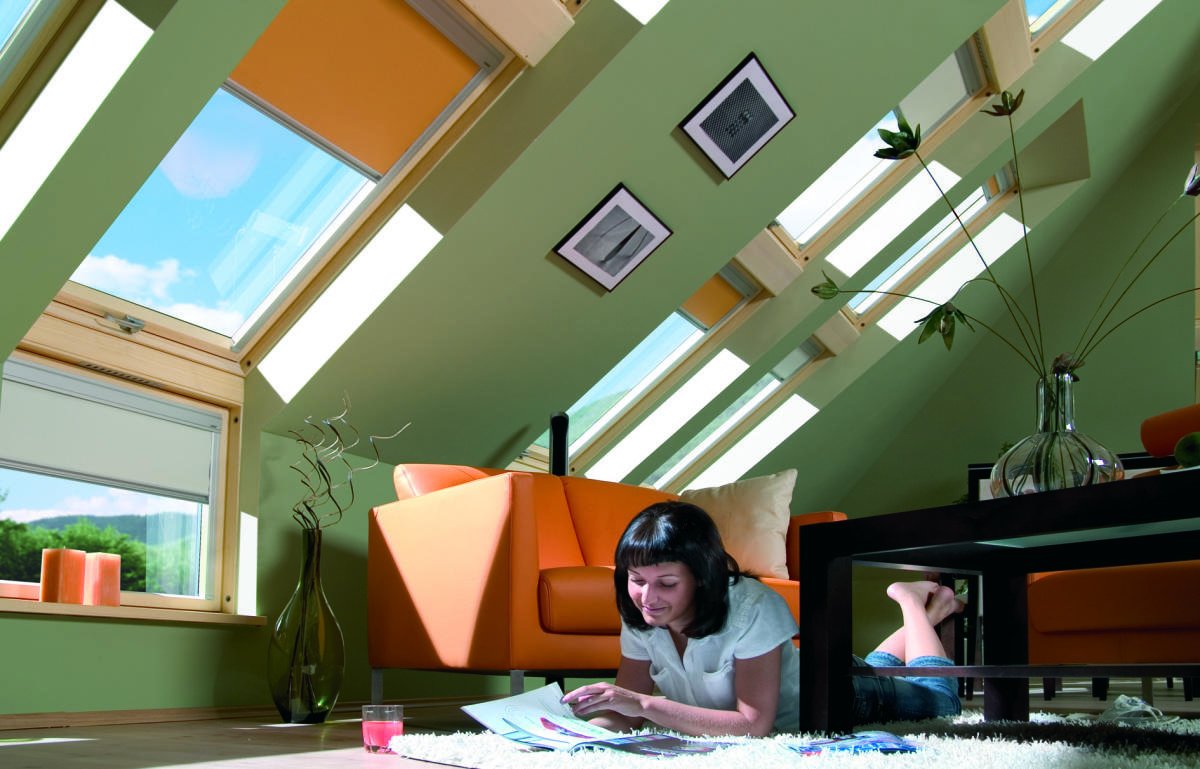
Often Steam insulation protective tape with a shiny coating that partially reflects the heat flow. If such a protective tape set with the shiny side inside the room with a small air gap between it and the casing, they simultaneously reduce the number of penetrating diffusion of moisture and reduces heat loss.
A Steam insulation protective tape is produced in rolls and packing all the gaps you need to glue special tape to cover was a solid membrane, through which will not penetrate vapor. If the integrity of the vapor barrier is even slightly broken, water vapor penetrating the insulation will condense, and the ceiling will be leaks.
Home wall design so as to more dense, poorly permeable to water steam material was located closer to the inner surface. When the outer walls thick veneer or not permeable to water steam the roof between the insulation and dense coating material include a ventilated gap. Then through special ventilation, air flow in the lower part of the wall, in the zone of the eaves and the ridge of water vapor will be taken out from the interior design to the outside.
Steam insulation protective tape has two sides and should be laid with the smooth side inside, otherwise its use has no meaning other than financial gain for the seller.
Wind protection
When using fibrous insulation from mineral and glass wool with a through communicating pores, you should account for air movement, worsening their heat-resistant qualities. Therefore, the outer (“cold”) side of the insulation should be protected from blowing a special windproof material. Such materials, often referred to as permeable membranes that pass water vapor, so the diffusion of the moisture comes out, and the design retains its insulating properties.
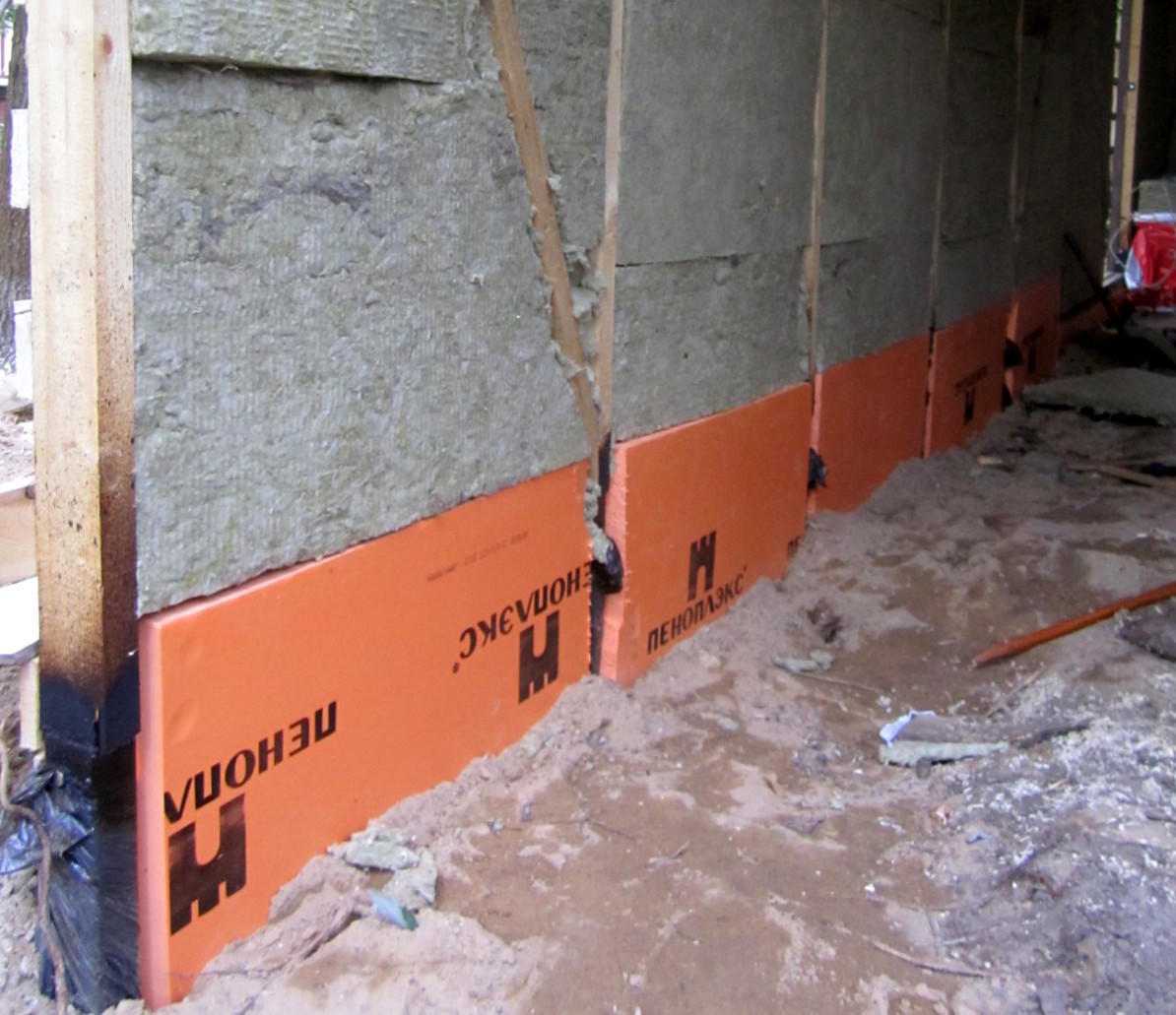
Modern industry produces many high-tech materials and products that can save residents from a variety of climatic manifestations in his country house. The task of the developer to choose wisely the materials and faithfully to lay them down. Creating a continuous heat-insulating circuit in the holiday room, you will ensure its prosperous and, most importantly, economical operation for many years. Good luck!
